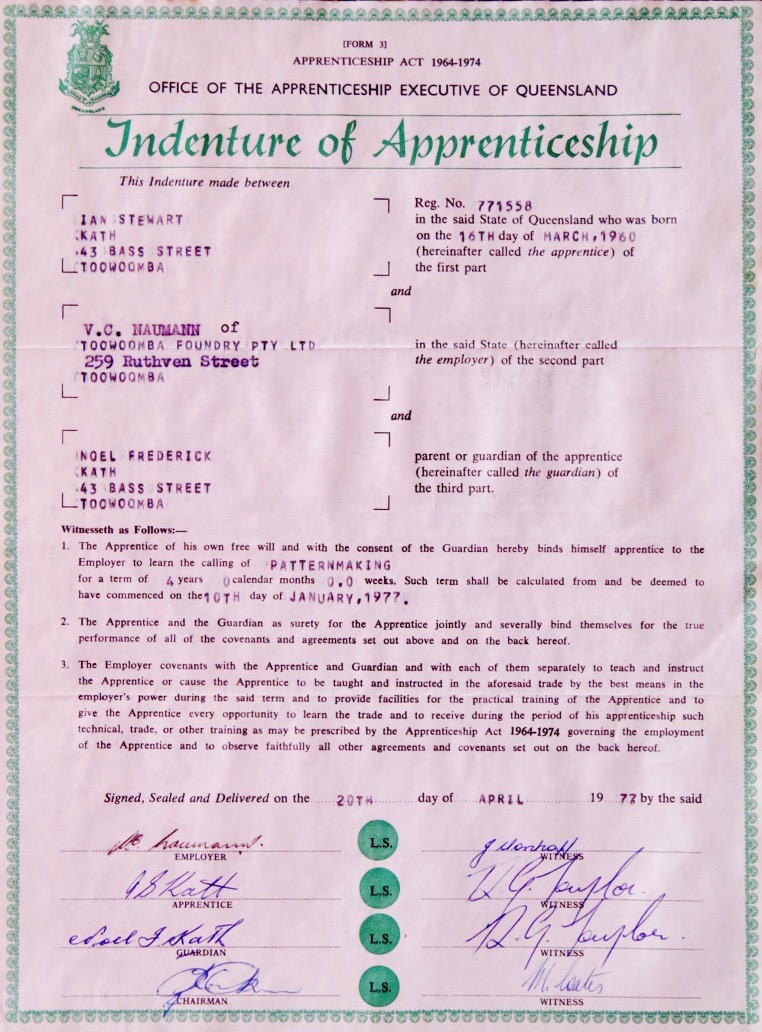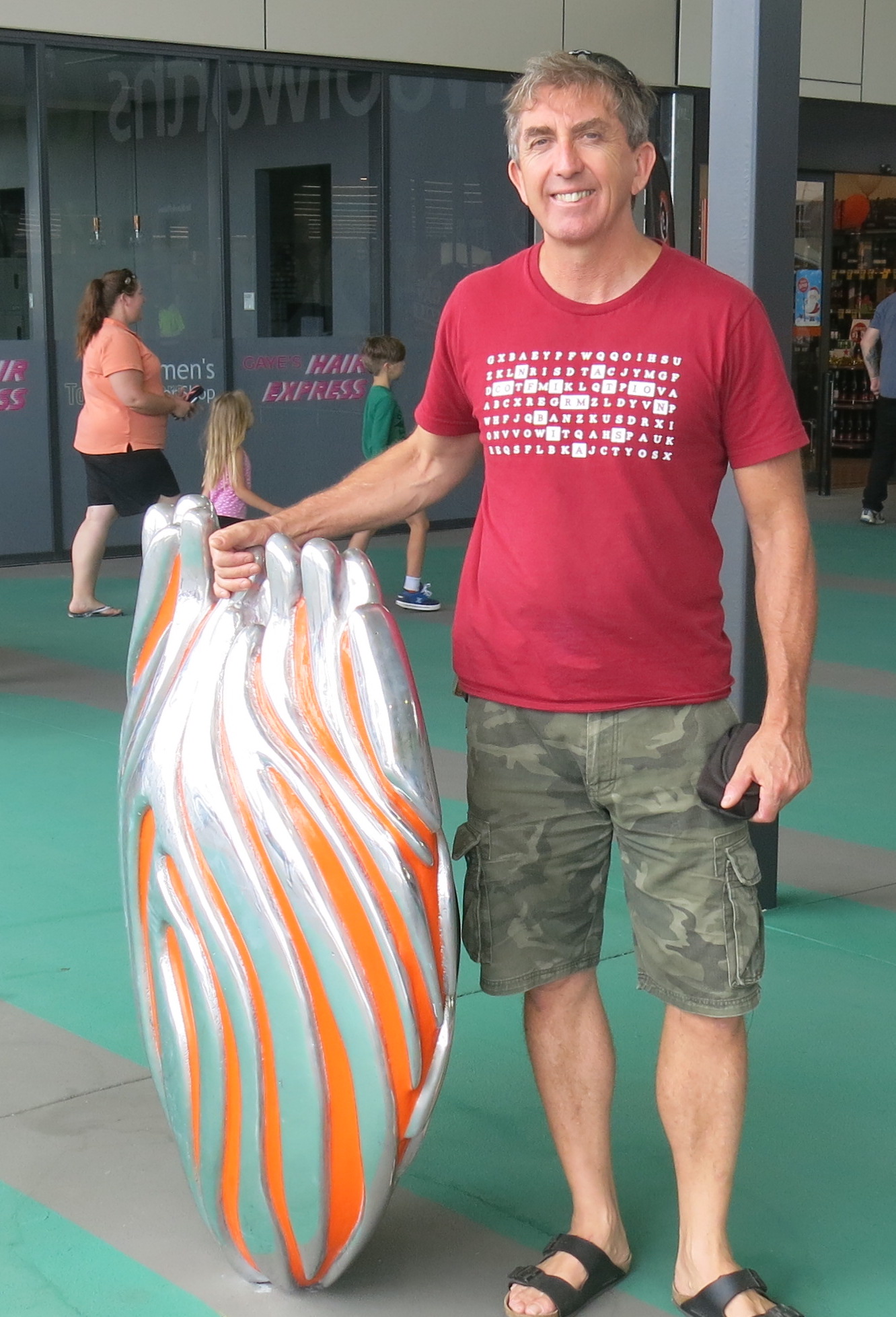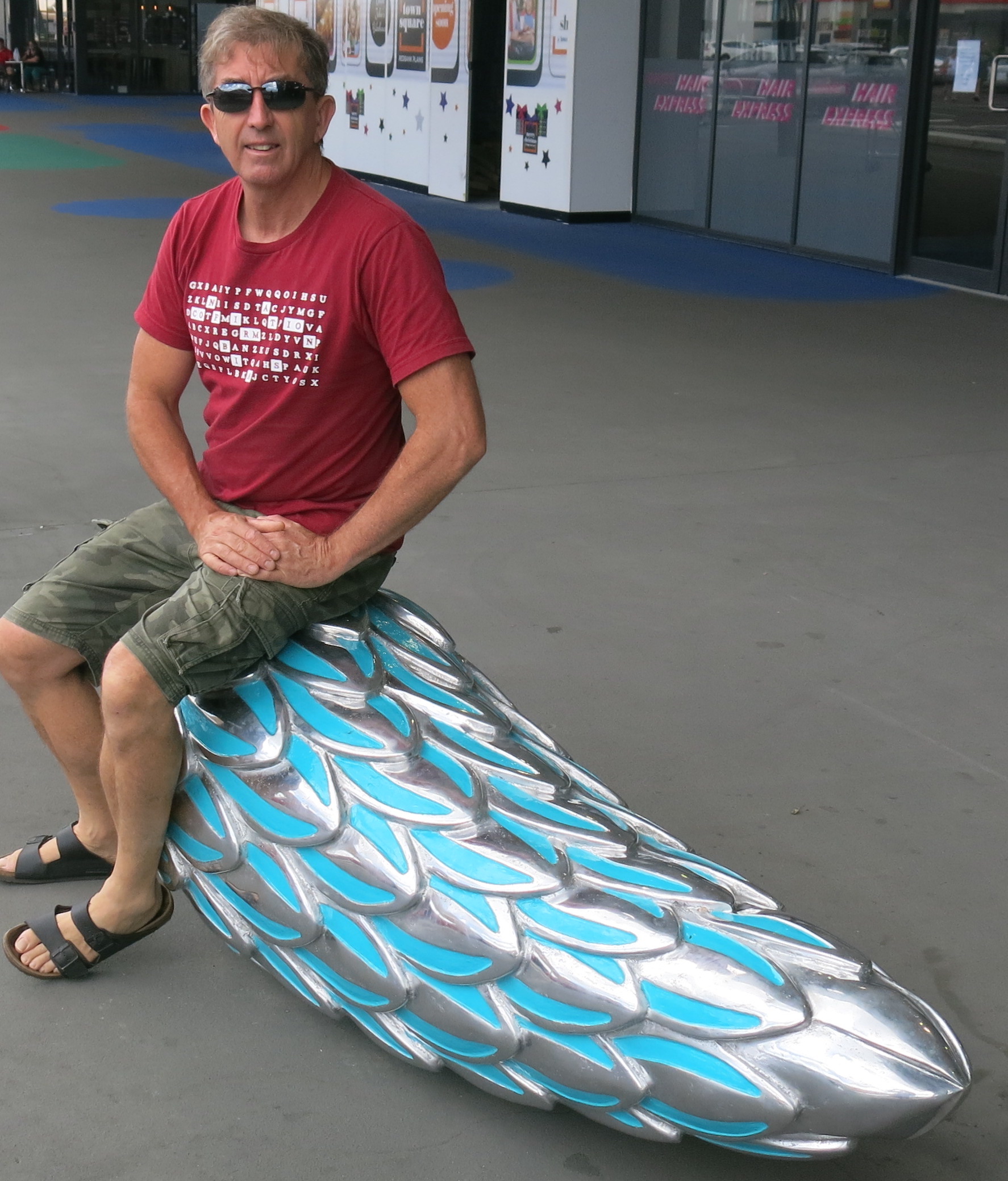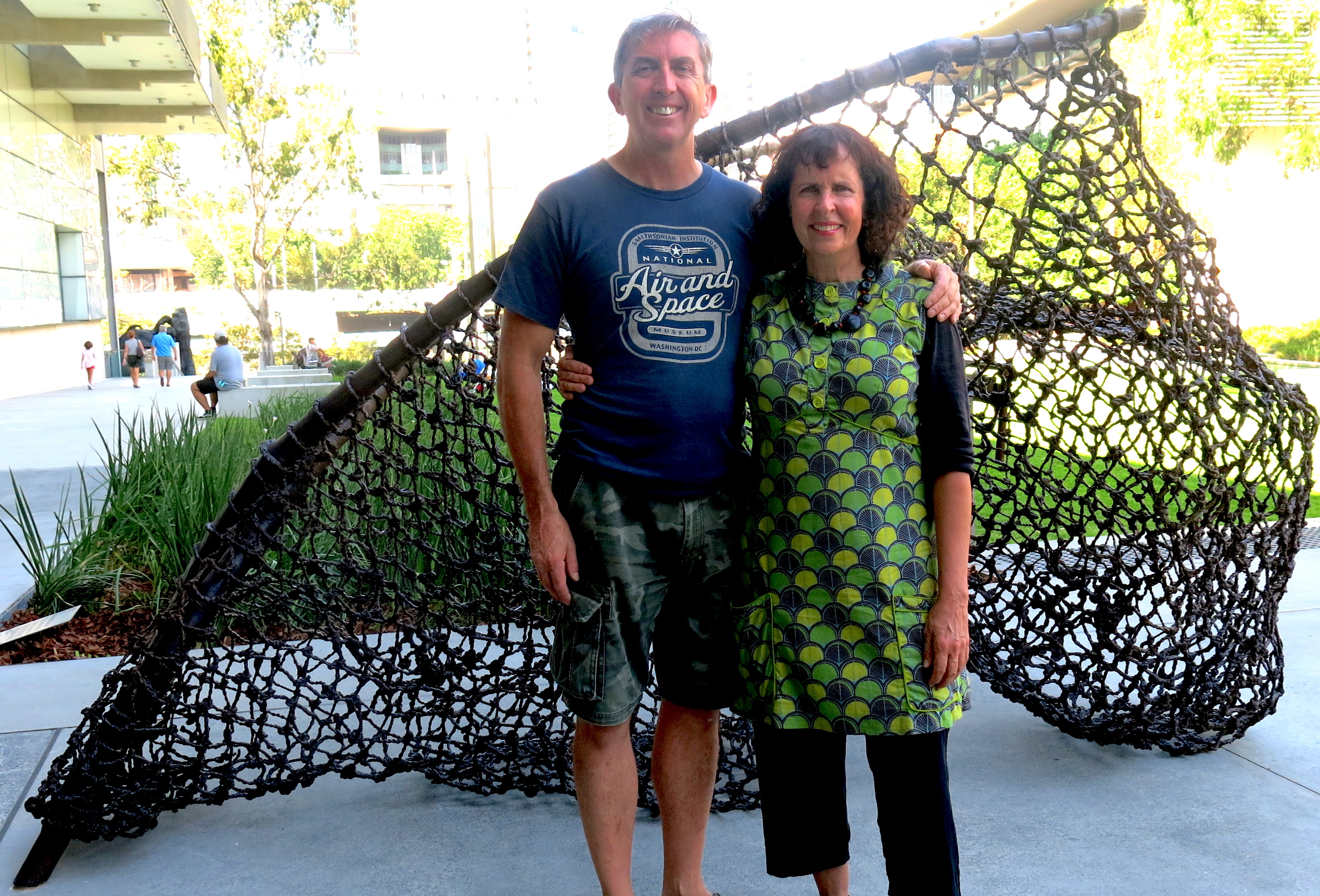A long time …
2016 was a time of doing some really good work at UAP (Urban Art Projects). I’ve been continuing to develop and refine my skills, evolving and finally realising that I can now call myself a sculptor. I wouldn’t necessarily call myself an artist but maybe that’s the next part of this process. But first to backtrack a little…
It’s now forty years since I started my apprenticeship as a patternmaker, so I’ve been making things for a very long time and I’ve learnt a few things on the way. Sometimes I forget and even I’m surprised when I’m reminded.
Pattern making is a foundry trade, primarily in timber, which had it’s heyday during the age of steam, declining towards the end of the 20th century. It still exists but with the advent of CNC machining and lately rapid additive manufacturing, die casting metals and development of plastics to replace metal castings, there’s little need for patternmakers and all the associated foundry trades. However for someone of my era, I managed to get some wonderful training from the old die-hards of the trade, as it was fading away. These skills I have used all my life, in associated fields from building my own home and many furniture pieces, through to working on films and my own small manufacturing business.
But it’s not personally creative.
It’s the general approach to creativity through the discipline of patternmaking which has assisted me to approach all manner of tasks, including the audio and video production which I also like to play around with. It’s more an approach for many aspects of creativity rather than just in the production of metal castings.
The issue with patternmaking is that it’s highly technical. I’ve often referred to it as, ‘industrial sculpture’. We are given detail drawings which we have to follow. No creativity! No development away from what is asked! Just follow the drawing to the letter and don’t vary. There is no room for creativity, there is no room for art. But at the end of the process there is always some form created and often very beautiful.
From patternmaking I moved into associated trades and this is how my working life was through my early twenties. Basically making things in joinery and cabinetmaking shops. No real free form creativity.
Can I sculpt organic shapes?
Then in 1987 I worked building components for World Expo ’88 with a small creative team at John Underwood’s Art Busters.This was my first experience at organic sculpting and I was thrown in the deep end to sculpt an oversized beetle to be installed on the Expo ’88 site. I had no idea what I was doing but slowly, and I mean very slowly I started to see the world of shapes differently. This has been a very long process. Off and on for, something like 30 years. I’ve had elements of creativity along the way but I used my more, technical skills which involved the discipline of patternmaking rather than the free form required for many art components. In recent months things have changed significantly.
Earlier last year I was asked to sculpt a 2m jelly fish. Nothing too difficult, a hemisphere with some detail in it. The issue with creating something like an organic hemisphere is, it’s too easy to make it perfect and miss the nuances of an organic form. It has to be made smooth, even, balanced and imperfect. Getting it just ‘wrong’ enough that it’s right is challenging and I managed that with considerable ease. Confidence Level One; – achieved!
Then I was asked to create three sculptures for Sebastian de Mauro along a botanical theme. I’ve worked with Sebastian before so I understood his style but these three sculptures would be another challenge for me. During the process of creating a flower and seed I had the opportunity to make decisions which he hadn’t fully explored. It’s often like this in the creative process. While building a piece I’m confronted with having to resolve issues that until this moment aren’t obvious but once it’s in a physical form it become self evident how things should look. These decisions and successes all added to my confidence as I developed methods and forced my skills in new directions. Many times I could see I had to create a shape but didn’t fully understand how to achieve it, but slowly hacked away and eventually discovered that the answer just laid waiting for me to move towards. Sometimes to rotate the piece to see, sometimes to remove or add some material and sometimes to get technical to make templates and crunch numbers.
That’s what I think is the most important thing I’ve discovered this year. I have the core skills now and all I have to do is keep moving forward. I can visualise the end goal and I now have the confidence of being able to move forward while only knowing the next step. The rest will resolve itself when it too becomes the next step.
Those three sculptures turned out brilliantly. Everyone involved are impressed at how good they look but no one more so than me. Job done! Confidence Level Two; – achieved!
Casting a Bronze Fishing Net! Is it even possible?
My next project for 2016 was with Judy Watson who I’ve worked with previously . Last year’s, ngarunga nangama: calm water dream, project for 200 George St in Sydney wasn’t technically a difficult project but just required determination and great care.
The previous year I sculpted a shell for her for the Townsville Maternity Hospital which completely did my head in but again was a strong indication that I may be developing some sculpting skills. I didn’t get too excited as I thought I might have just lucked it and I need some continuity of using these skills before I commit to believing I have them.
This year Judy won a commission to create in bronze an Aboriginal fishing net (Tow Row) for just outside the main entrance of GoMA here at Southbank in Brisbane. I was involved from the very beginning including picking up the small example net and placing it in a position which Judy liked and agreed would be the basic shape. After tweaking the positioning by Judy I was then tasked with creating it at scale.
To do so I shaped polystyrene foam to create the void which the net encompasses. The hand woven net created by a local artist was then draped around it and pinned into position before both the net and foam being cut up and sent to the foundry for casting. The foam was simply a way of maintaining the net in position so it could be cast then reassembled and welded into it’s finished form.
At the start of shaping this project my supervisor asked, “where the hell do you start?” It was very much like that. I knew what it was to look like in completed form but there are many paths to the same place and each day I just took another step on that path. It was the most challenging sculpting process I’ve done to date. I had the small net to compare, along with photos but in working with the full size sculpture, at times it felt like I was trying to shape a cloud, in dealing with odd shapes and no tangible reference points to work from. All the while working with a form which was just the space around which the net holds and remembering the shape of the net will be seen through itself all of which I had to imagine while I worked with solid material. From this project I have immense satisfaction. Confidence Level Three; – achieved!
In pattern making everything is based around datum and reference points. There’s always somewhere to work from and you know how far to go to the next location or component. With Tow Row I had none of those reference points and any I did have were vague and very general.
To achieve the creation of Tow Row, I can see now where slowly, over these decades learnt to be able to use both technical, analytical and creative, artistic skills. These skills are different and I can feel my thinking switch from one to the other depending on the requirements of different parts of a project. It’s a weird feeling and the journey hasn’t always been easy. But forcing myself to chill and feel what’s right is something which I can do now, especially after I lay the foundations in an ordered technical manner.
Maybe I’m now an artisan, but what’s next?
So here I am and I think I can now honestly call myself not just an industrial sculptor but also now an artistic sculptor. I realise there’s still many things I haven’t attempted and I don’t know the limits of my skills but I now have enough confidence to have a crack at some ideas and see what might be possible.
I can now call myself a sculptor but I won’t call myself an artist. An artisan? Sure but not an artist, that’s a whole different ball game and one I think is now time to move towards. So I have this idea, something to work away at over the next few years as my formal working life slowly comes to an end.
Retirement (whatever that means), is 10ish years away and I thought over the next few years I’d just chip away at doing a few of my own projects and develop a portfolio of pieces which might be interesting. I’ve always made things I want for myself but most of these few people have seen. I’m thinking it’s time to make things to be seen by others and maybe some people might call that art and the person who makes them a… Well, you know how it goes?
I am nearing completion on a bronze bed head I’ve been working on for a year and dreamt up 25 years ago. It’s a practical item but I think it will also show my skills for those interested. Stay tuned as it’s nearly finished.
I also have two maquettes for sculptures being worked up. One I would love to install in the business district of Brisbane and the other is the physical representation to accompany a sound installation in association with an overseas sound artist.
The first is intended to show my skills and could be manufactured as a limited edition sculptures in their own right but I would love to see it at full size on the street. The second is to work collaboratively on something which could be noticed internationally. If I could manage to achieve these two projects things would be definitely starting to move in the right direction.
I have many other ideas for projects and I also intend to be slowly working away at multiple ideas and projects as I know I have much to learn and skills to develop. The major skills to develop are in the art world and how that operates.
These are all ideas I’ve evolved lately and none of them ‘have’ to work as I have income from UAP and it’s not something I need for a career but it does create some adventure and give me an alternative to doing as I’m asked while at UAP.
Long term I’ll be in my own home workshop and these ideas can continue to develop and who knows, I might even be able to make and sell a few things to help me live a more comfortable life in my dotage.
From here?
This post is intended as a start, of changing this site from what’s always just been my personal blog into something more career minded and maybe as a bit of a portfolio of what I’ve done and am doing. It’s also a way of me getting a few thoughts out of my head and actually look at them.







